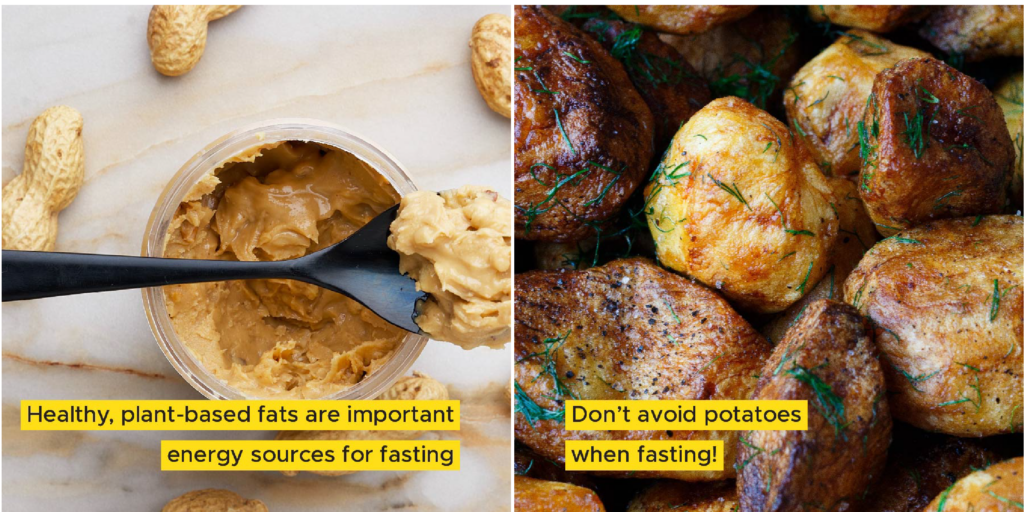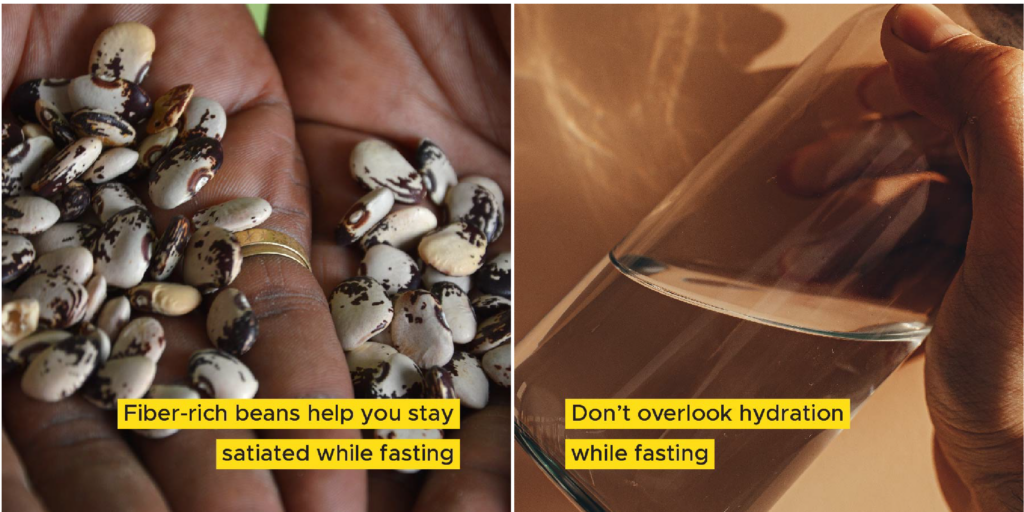Know your Fats!
KNOW YOUR FATS!
Blog > Know your Fats!
Know your Fats!
-
Published
October 9, 2023
-
Category
Blog, Food Bulletin Newsletter -
Tags
Fat, Food IQ, Heart Health
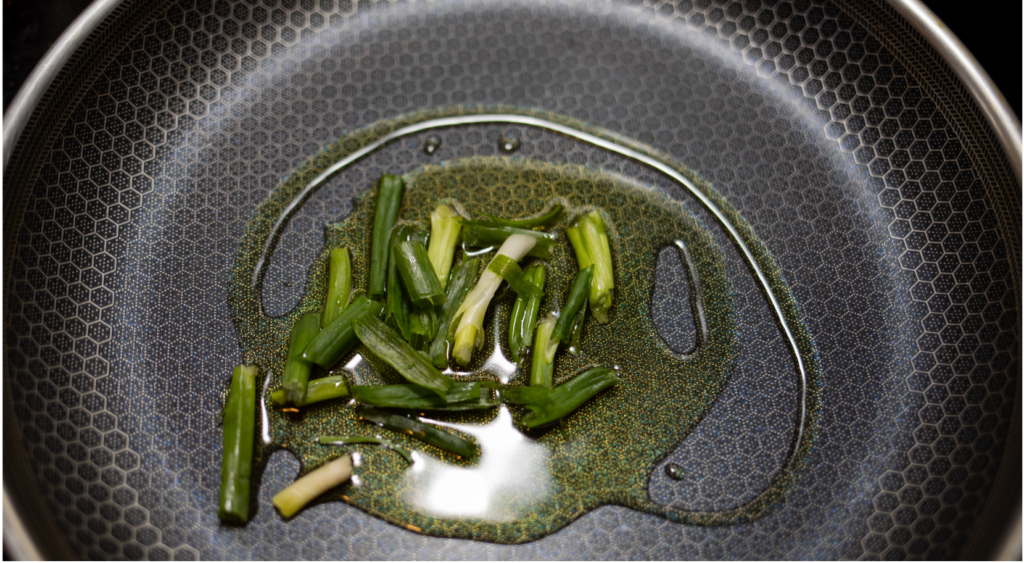
Know your Fats!
Fat is an essential nutrient because it is the building block of all cell membranes, muscle movement and the protective shield around the nerves and helps us absorb vitamins in our food.
Countless studies have shown it is not so much the fat in the diet that makes us gain weight, but rather it is the sugar and refined carbohydrates. Fats form the body’s reserve of energy to survive and be fuelled.
Scientifically fats are polymeric chains of carbons, known as fatty acid and there are four types of fat: Monounsaturated, Polyunsaturated, Saturated and Trans-fat. Monounsaturated fat means that there is only one saturated bond in the fatty acid while in Polyunsaturated fat, there are no saturated bonds in the fatty acid chain. In Saturated fats, all bonds in the fatty acid chains are saturated bonds. Trans-fat is a chemical synthesized form by the food industry. The structural differences in turn have a profound impact on our health. The bad fats, saturated and trans fats, tend to be more solid at room temperature (like a stick of butter), while monounsaturated and polyunsaturated fats tend to be more liquid (like liquid vegetable oil).
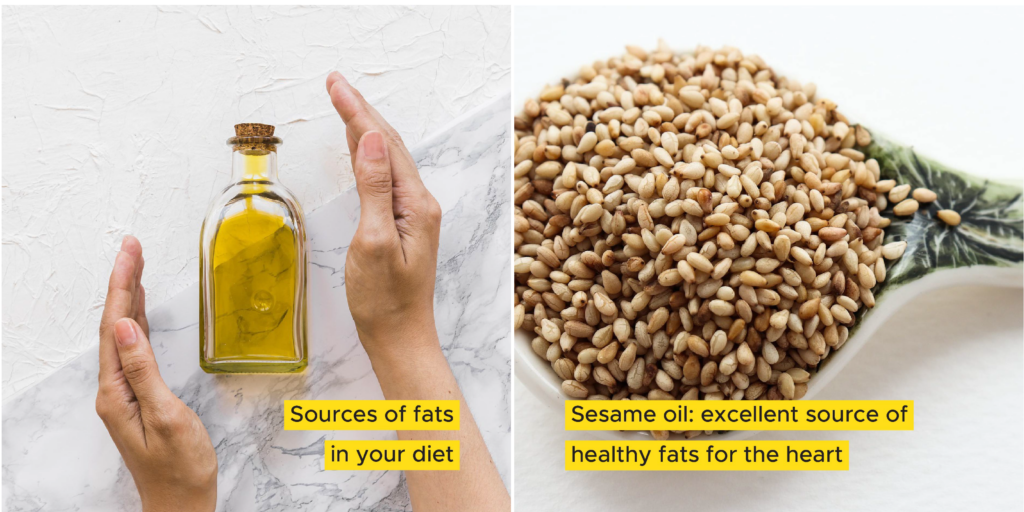
Sources of fats in your diet.
Oils rich in Monounsaturated fat includes Olive oil, sesame seed oil and peanut oil ( and yes, peanut butter too if these are naturally ground without addition of saturated fat). These are good fats that lower risk of heart disease, blood pressure, stroke and bad LDL Cholesterol.
Oils rich in Polyunsaturated fats are sunflower, soya bean, flaxseed and walnut. Most Polyunsaturated fats from plants are of the Omega 6 type except for flaxseed and walnut oil which is rich in the Omega 3 type (ALA).
Saturated fat is the least desirable as it increases LDL Cholesterol and negatively impacts heart health. Fortunately, plants do not have too high levels of saturated fat except for palm kernel (not palm oil) and coconut fat. Saturated fat is the predominant fat in animal products like meat or dairy.
Sesame Oil: excellent source of healthy fats for the heart.
Omega-6 fatty acids are important for heart health and sesame oil has it in spades. A ¼ cup contains 7.84 gm polyunsaturated and also 6.75 gm monounsaturated fats, and it’s low in saturated fat. Sesame oil comprises 82% fatty acids and studies have shown it lowers cholesterol levels. This oil is also integral to Ayurvedic medicine, and in fact is known as ‘Nalla Yennai’ in Tamil, meaning ‘the beneficial oil’.
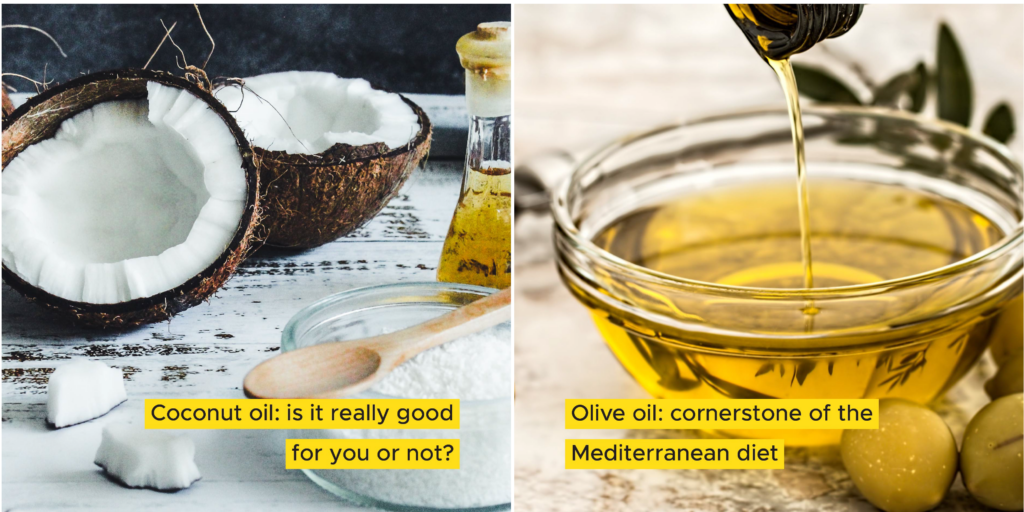
|
Featured Posts
-

Blog
No Silver Bullet in GMO Golden Rice
October 12, 2023
-

Blog
Food Labeling and Genetic Research
October 12, 2023
-

Food Insights
Processed Foods or Prepared foods
October 12, 2023

